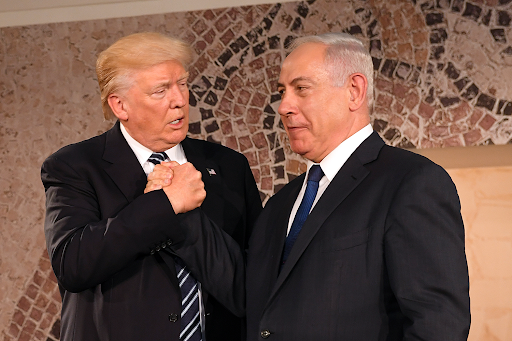The long shadow of nearly two years of brutal warfare in Gaza will hang over the White House on Monday as U.S. President Donald Trump and Israeli Prime Minister Benjamin Netanyahu meet at a critical juncture. The protracted conflict, with its staggering human toll, has forced a high-stakes diplomatic effort to find a path toward a lasting peace.
The war, which began in October 2023 after a devastating Hamas terror attack, has fundamentally altered the region. It has resulted in the deaths of over 66,000 Palestinians and around 1,219 Israelis, created a humanitarian catastrophe in Gaza, and left Israeli hostages in captivity for an unbearable length of time.
This grim reality has led to the current diplomatic push from the Trump administration. The U.S.-led 21-point plan is a direct response to the failure of military means alone to resolve the crisis. It represents an acknowledgment that a political and diplomatic track is necessary to end the cycle of violence.
However, the war has also hardened positions. For Prime Minister Netanyahu, the conflict has reinforced his belief that Israel’s security must be uncompromisingly protected through military strength. He remains reluctant to agree to any deal that does not, in his view, guarantee the complete eradication of the threat from Hamas.
This critical juncture will force both leaders to confront the legacy of the last two years. They must decide whether to continue down the path of conflict or to pivot toward the difficult, uncertain, but potentially more hopeful path of a negotiated peace. Their decision will cast a long shadow of its own on the future of the region.

